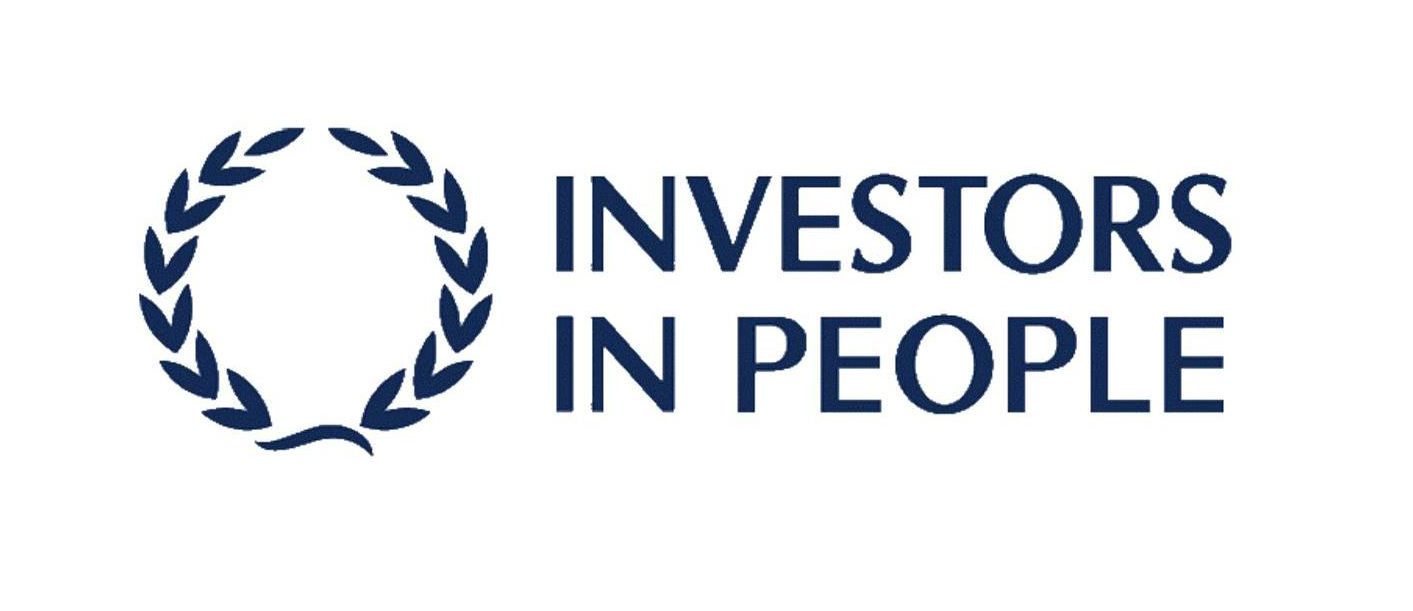
The annual maximum an individual can invest into their pension is currently set at £40,000. For the 2016/17 tax year onwards this maximum is tapered for ‘high-income individuals‘ (those with income in excess of £150,000). The taper works by reducing the annual allowance by £1 for every £2 of “Adjusted income” in excess of £150,000, with a minimum tapered annual allowance of £10,000.
Guidance
HMRC have published guidance on determining whether the reduction applies and calculating the amount of the tapered allowance, available at https://www.gov.uk/guidance/pension-schemes-work-out-your-tapered-annual-allowance
Adjusted income and Threshold income
The taper provisions introduce two new income definitions: “Adjusted income” and “Threshold income”.
Adjusted income is an individual’s income after all reliefs except pension contributions, plus any employer pension contributions. This means that for employees it effectively measures the whole remuneration package including pension contributions made by the employer. This ensures that employees are placed on a level playing field with the self-employed who have to fund their own pension contributions.
Threshold income is income after all pension contributions have been deducted. Where “Threshold income” is £110,000 or less, the annual allowance will not be tapered irrespective of the level of pension contributions. Note, adjustments need to be made to the calculation of Threshold income where “relevant salary sacrifice arrangements” have been made.
Example
Scott has adjusted income of £175,000 and threshold income of £130,000 for 2016–17. As he is a high income individual, the annual allowance of £40,000 is reduced by the following amount:
(£175,000 – £150,000) / 2 = £12,500.
The annual allowance will therefore be £27,500 (£40,000 – £12,500).
As the annual allowance cannot be reduced below £10,000, if adjusted income exceeds £210,000 for 2016–17 the annual allowance will be £10,000.
Note: anti-avoidance provisions apply where arrangements are put in place to artificially reduce the Adjusted income so as to reduce the amount of taper to be applied.
The information in this article was correct at the date it was first published.
However it is of a generic nature and cannot constitute advice. Specific advice should be sought before any action taken.
If you would like to discuss how this applies to you, we would be delighted to talk to you. Please make contact with the author on the details shown below.








